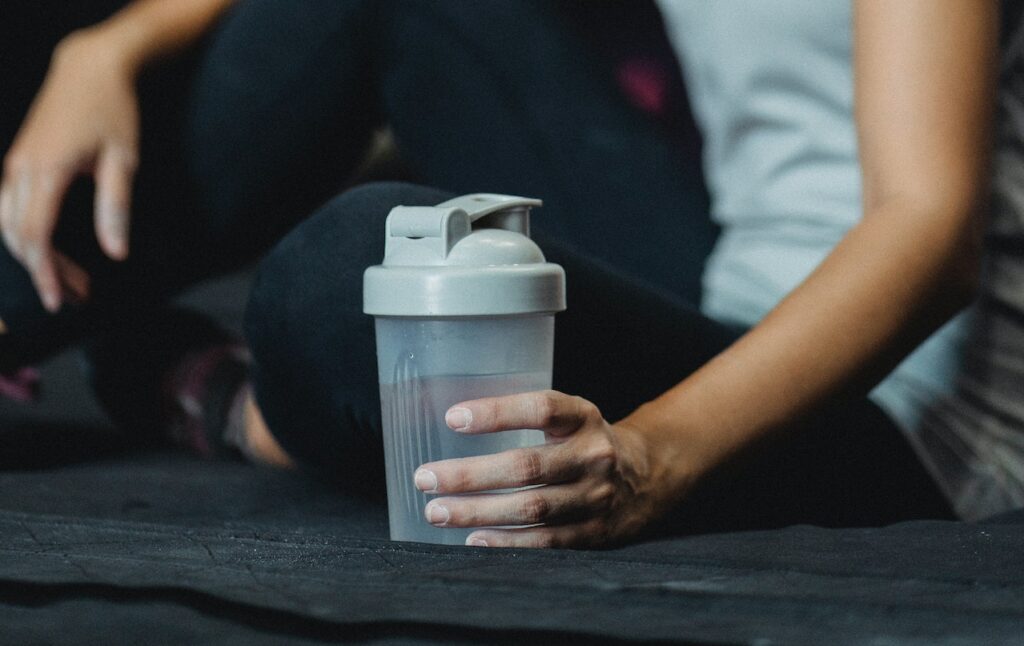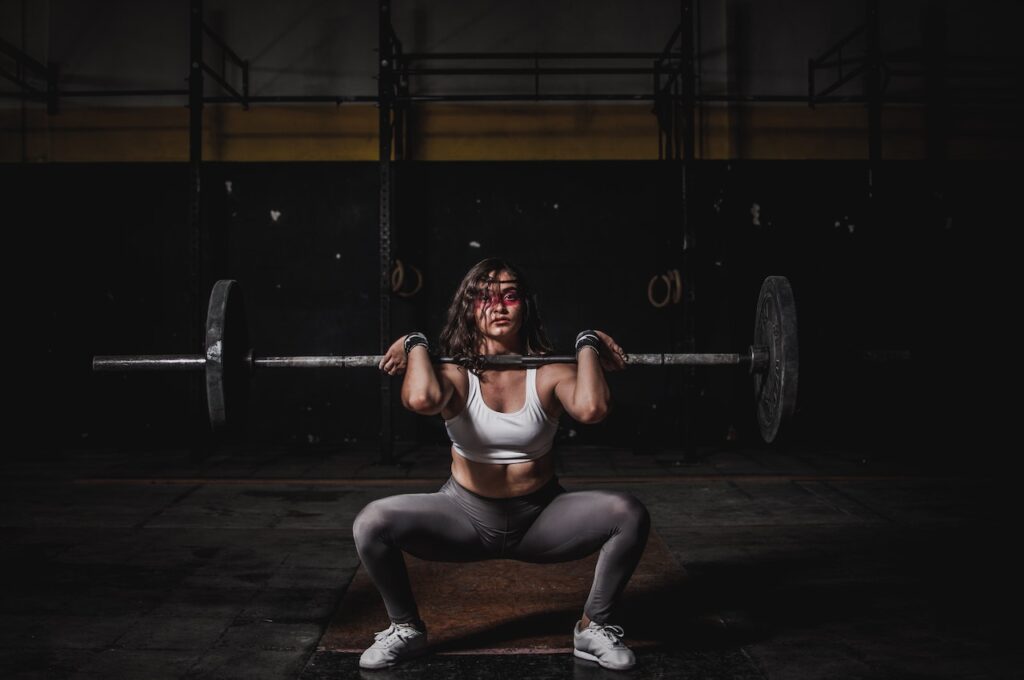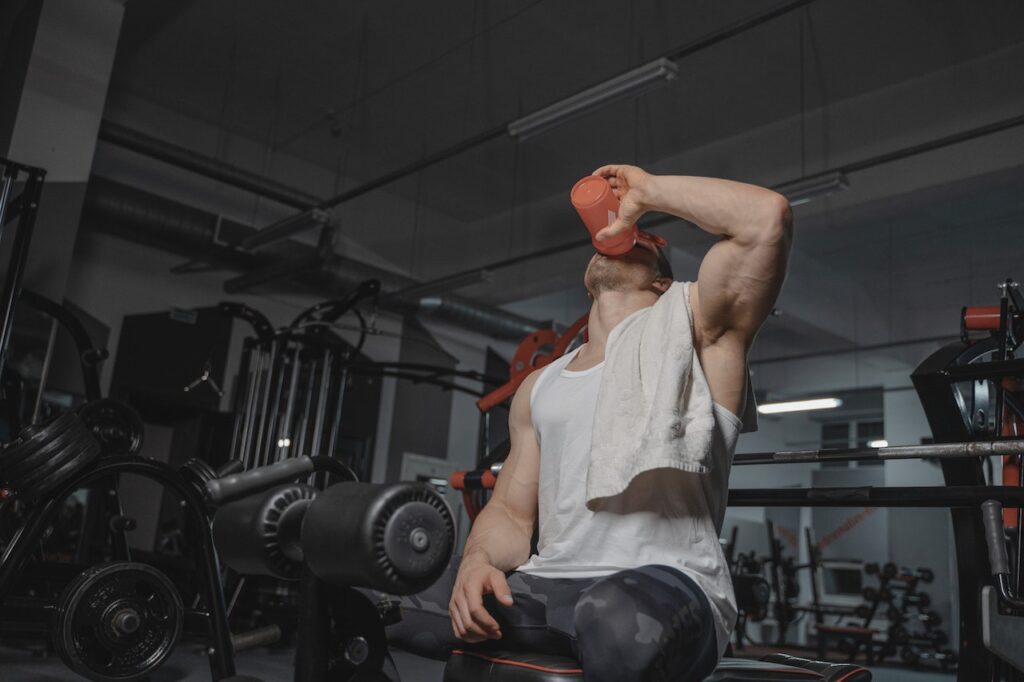Understanding Intermittent Fasting
Intermittent fasting is not a diet; it’s a pattern of eating. It’s a way of scheduling your meals so that you get the maximum benefit out of them. Intermittent fasting doesn’t change what you eat, it changes when you eat.
There are various types of intermittent fasting, each differing based on the fasting-to-eating ratio. The most popular ones include the 16/8 method (16 hours of fasting with an 8-hour eating window), 5:2 diet (fasting for 2 days per week), and Eat-Stop-Eat (a 24-hour fast once or twice a week).
The benefits of intermittent fasting extend far beyond weight loss. It improves metabolic health, enhances cellular repair processes, reduces inflammation, and may even contribute to longevity.
Struggling with consistency? Read our tips on staying motivated.

A Beginner's Guide to Home Workouts
Embarking on your home workout journey might seem daunting initially, but with the right guidance, it can become an enjoyable and rewarding part of your daily routine. Having a home workout routine can save time and money, while also providing the flexibility to exercise at your own pace, according to your schedule.
To start, you don’t need to have complex machines or a massive space. Exercises such as squats, lunges, push-ups, planks, and jumping jacks are effective bodyweight workouts that require no equipment. Over time, you can add affordable fitness accessories like adjustable dumbbells, resistance bands, and kettlebells to further diversify and intensify your workouts.

How to Combine Intermittent Fasting with Home Workouts
Successfully merging intermittent fasting and home workouts takes a bit of strategy. The key lies in timing your workouts to align with your eating window, which can help optimize energy use and fat burning.
For instance, if you’re following a 16/8 fasting pattern, you could plan your workout session towards the end of your fasting period, followed by your first meal of the day. This way, you can take advantage of the body’s fat-burning state during the fast and then replenish your body with nutrition after your workout.
However, maintaining a balanced diet is crucial while intermittent fasting. Regardless of when you eat and exercise, your body needs an adequate supply of nutrients to function correctly and recover from workouts. It’s essential to include a variety of nutrient-dense foods in your meals, including protein, healthy fats, and complex carbohydrates.

Effective Home Workout Equipment
Choosing the right home gym equipment is instrumental in enhancing your workout experience and making it more efficient. Having a variety of equipment can help you perform a comprehensive range of exercises, targeting different muscle groups. It also adds an element of variety, making your workout routine less monotonous.
While setting up a home gym might seem like an expensive endeavor, it doesn’t have to be. You can start with affordable and compact fitness equipment like resistance bands, which are great for strength training and flexibility exercises. Dumbbells and kettlebells are also economical choices that offer a lot of versatility. If you have a bit more room and budget, a yoga mat, a stability ball, and a jump rope can make great additions. For those interested in cardio, a skipping rope offers a fantastic workout without taking up much space or requiring a hefty investment.
Safety Guidelines and Precautions
While home workouts offer great convenience, they also come with the responsibility of ensuring personal safety. Make sure your workout area is clear of hazards that could cause slips, trips, or falls. Also, it’s important to check your equipment for any damage or wear and tear before each use to prevent mishaps.
Proper exercise form and technique are crucial for avoiding workout injuries. Whether you’re performing a simple bodyweight squat or using resistance bands, ensuring correct form can significantly enhance the effectiveness of the exercise while minimizing the risk of injuries.
Don’t forget to listen to your body. If something doesn’t feel right, or if you’re feeling light-headed or unusually tired, it’s okay to take a break. Remember, fitness is a journey, not a race.
Ready to create your dream home gym? Get started with our comprehensive guide.

Staying Motivated: Tips and Tricks
One of the biggest challenges of maintaining a consistent home workout routine can be a lack of motivation. Without the ambiance of a gym or the companionship of workout buddies, keeping up the enthusiasm might feel challenging.
However, there are several techniques to stay consistent. Firstly, setting clear, achievable fitness goals can provide a sense of direction and progress. Secondly, incorporating variety into your workouts can keep them exciting and engaging.
The digital age has blessed us with numerous fitness apps and online workout programs. These can serve as your virtual trainers, guiding you through workouts, tracking your progress, and even offering community support to keep your motivation levels high.

Conclusion
To recap, intermittent fasting and home workouts can be an impactful combination for those looking to enhance their health and fitness. The flexibility and effectiveness of intermittent fasting, when paired with the convenience and versatility of home workouts, can result in improved weight management, enhanced muscle strength, and overall better health outcomes.
The key lies in understanding the principles of both, using the right equipment, following safety guidelines, and staying motivated throughout the journey. While this guide provides a starting point, remember that the best workout and fasting routine is the one that suits your lifestyle, preferences, and health goals. Here’s to taking your first step towards this combined approach to health and fitness!
